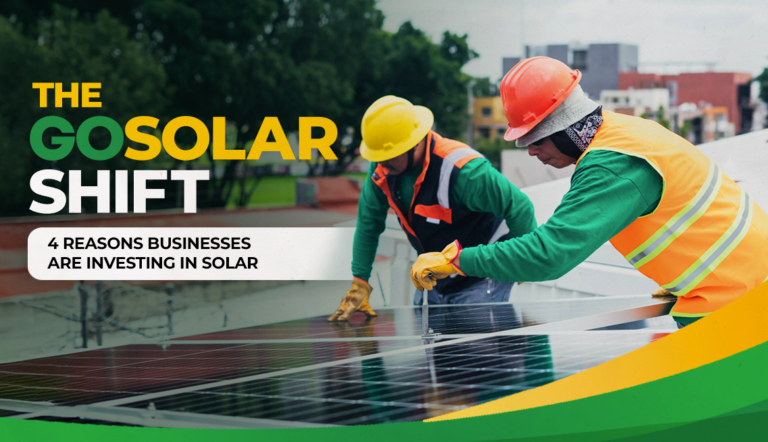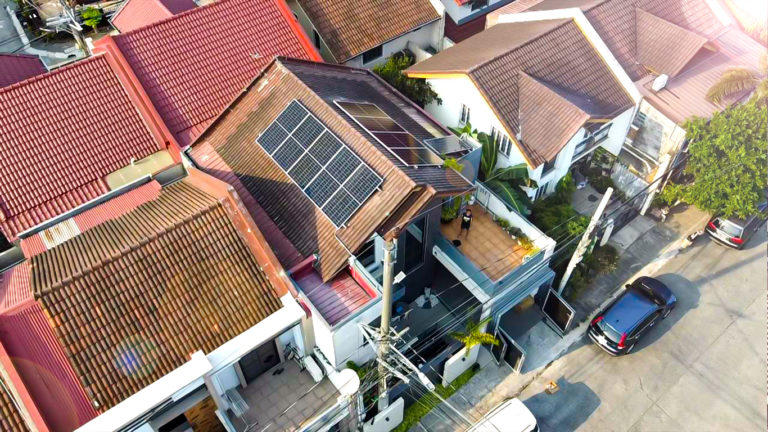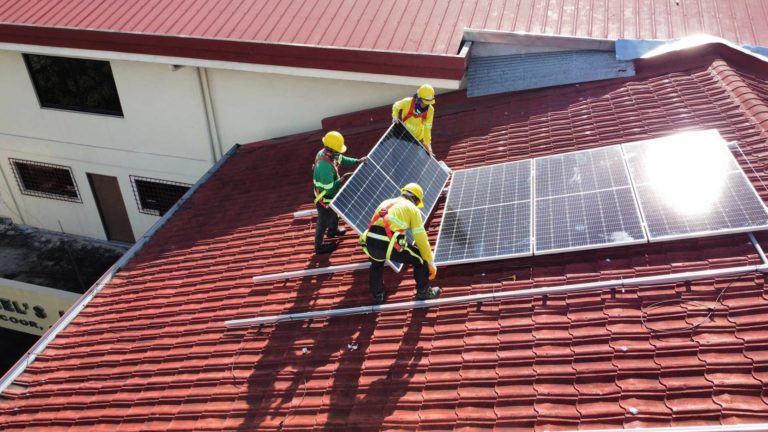2025 is the Year to Switch to Solar

Why 2025 is the Year to Switch to Solar
The world in 2025 will see an enormous change in energy usage and sustainability measures. With growing concerns about climate change and rising energy costs, the solar power system has emerged as a transformative solution. Here are some compelling reasons why this year is an excellent time to use solar power systems to power up your home or business.
Energy prices are higher than ever
One of the biggest reasons 2025 is the perfect year to go solar is the continuous rise in electricity prices. In the Philippines, Meralco’s electricity rates have surged from P9.8385 per kWh in 2019 to P11.9617 per kWh in 2024—a sharp increase that directly affects homeowners and businesses.
This spike is due to factors like rising fuel costs, inflation, and the country’s dependence on imported energy sources. With no signs of energy prices stabilizing, many Filipinos are looking for ways to cut their electricity bills—and solar power offers the best long-term solution.
By switching to solar energy in 2025, you can lock in lower electricity costs, reduce your dependence on the grid, and protect yourself from future price hikes. Plus, with government incentives and financing options available, there’s never been a better time to invest in a solar power system.
Solar Technology Is More Advanced and Affordable Than Ever
If high solar costs held you back before, 2025 is the year to reconsider. Over the years, solar panel prices have dropped significantly, making it more affordable for homeowners and businesses to make the switch. Compared to a decade ago, the cost of solar panels has decreased by over 80%, thanks to advancements in manufacturing, improved efficiency, and increased global demand.
Not only are solar panels cheaper, but solar technology has also become more advanced. Today’s solar systems are more efficient, durable, and capable of generating more power even in cloudy or rainy conditions—perfect for the Philippine climate. With the rise of high-efficiency solar panels, smart inverters, and energy storage solutions, you can maximize your savings and enjoy uninterrupted power even during outages.
Environmental Impact: A Moral Imperative
The Philippines is grappling with severe environmental issues that are accelerating climate change. Air pollution remains a critical issue, with poor air quality contributing to around 66,000 deaths annually. Water pollution is another growing crisis, as over 80% of wastewater in Metro Manila goes untreated, leading to environmental degradation and public health risks. The country is also one of the world’s top contributors to plastic waste, generating around 2.7 million tons of plastic annually, much of which ends up in the ocean. Meanwhile, biodiversity loss continues to threaten ecosystems, reducing their ability to absorb carbon and mitigate climate change.
The government has taken steps to address these concerns, with leaders like Senator Loren Legarda advocating for stronger policies and better waste management. However, the transition to renewable energy is one of the most impactful solutions individuals and businesses can take. Unlike fossil fuels, solar power generates clean energy without emitting harmful pollutants, reducing the carbon footprint of homes and businesses. By switching to solar in 2025, Filipinos can contribute to a cleaner, more sustainable future while also benefiting from lower electricity costs. Embracing solar energy is more than just an economic decision—it’s a commitment to protecting the environment for future generations.
Energy Independence and Resilience
The Philippines’ energy sector remains heavily reliant on imported fossil fuels, with coal accounting for 60% of power generation in 2022. This dependence has led to some of the highest electricity prices in Southeast Asia, reaching around $0.20 per kWh, while also increasing vulnerability to supply disruptions. The country’s energy grid faces frequent blackouts and operational inadequacies, made worse by global geopolitical conflicts and natural disasters. With over 50% of its energy supply coming from imports, the impending depletion of local natural gas reserves only adds to the urgency of finding alternative energy solutions.
Extreme weather events, such as typhoons and heavy rains, have also become more frequent due to climate change, often leading to power outages that leave homes and businesses without electricity when they need it most. The instability of the current energy system highlights the need for a more resilient and sustainable solution—one that provides stability regardless of external disruptions.
Switching to solar power in 2025 offers a pathway to energy independence and resilience. A solar energy system, especially when paired with battery storage, allows homeowners and businesses to generate and store their own electricity, reducing reliance on the grid and ensuring a stable power supply even during outages. This shift is particularly important in the Philippines, where weather-related power disruptions are common. By investing in solar, Filipinos can take control of their energy future, reduce their electricity costs, and protect themselves from unpredictable price hikes in the fossil fuel market.
Recognizing these challenges, the Philippine government has set ambitious renewable energy goals, aiming to increase the share of renewables to 35% by 2030 and 50% by 2050. With government policies promoting energy efficiency and sustainability, now is the perfect time for households and businesses to make the switch and become part of the clean energy transition.
Increased Property Value with Solar Power
Investing in solar energy doesn’t just lower electricity bills—it also increases property value. As energy costs continue to rise, homebuyers are becoming more interested in properties equipped with solar power systems, recognizing the long-term savings and energy security they provide. Studies show that homes with solar panels sell at higher prices and faster than those without, as buyers see them as a valuable upgrade that reduces utility expenses.
In the Philippines, where electricity rates are among the highest in Southeast Asia, a home with a solar power system and battery storage becomes even more attractive. Potential buyers are willing to pay a premium for energy-efficient homes that offer protection from price hikes and power outages. As the government pushes for more renewable energy adoption, properties with solar installations are likely to become even more desirable in the coming years.
Switching to solar in 2025 isn’t just a smart financial move for energy savings—it’s an investment that adds long-term value to your home or business. Whether you plan to sell in the future or simply want to future-proof your property, going solar is a step toward higher resale value and energy independence.

2025 is the best time to go solar. With rising electricity prices, more affordable and efficient solar technology, and increasing environmental concerns, switching to solar now offers significant savings and long-term benefits. The Philippines’ reliance on imported fossil fuels makes energy independence crucial, especially with frequent power outages and extreme weather. Solar power provides reliability, resilience, and even increases property value. With strong government support for renewable energy, early adopters stand to gain the most. Make the switch now and take control of your energy future.








